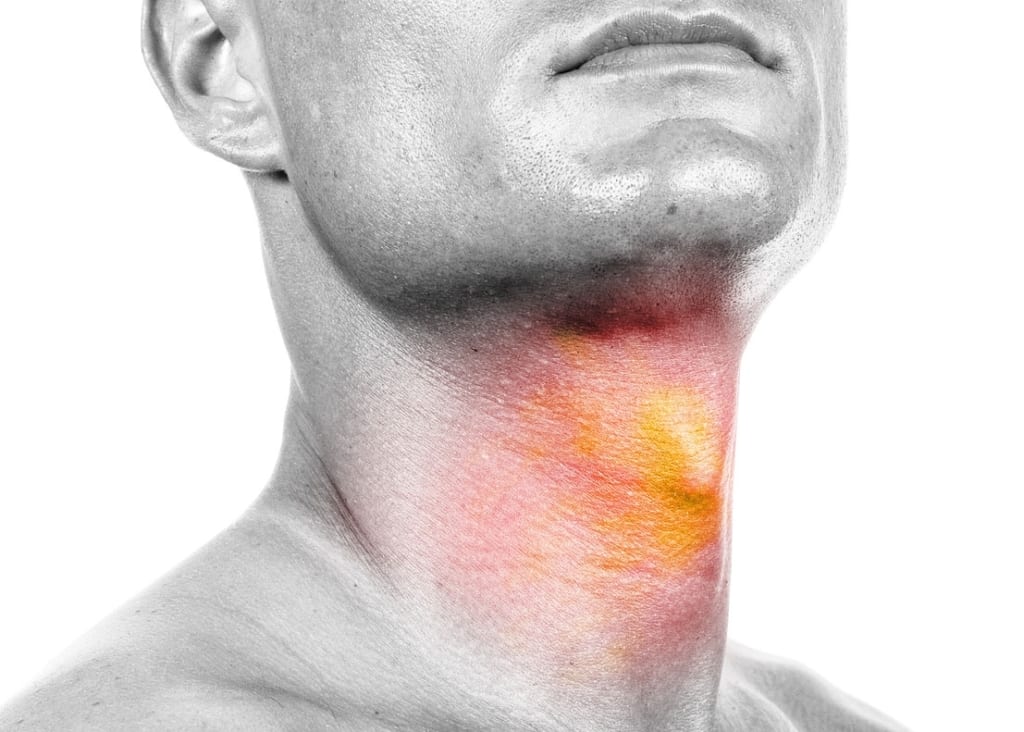
Best Head and Neck treatment
in Hyderabad
Book Appointment Now
What is Head and Neck Cancer?
Head and neck cancer refers to a group of cancers that originate in the tissues and organs of the head and neck region. This includes cancers that start in the mouth, throat, voice box (larynx), nose, sinuses, and salivary glands. These cancers typically begin in the squamous cells that line the moist surfaces inside the head and neck, hence, they are often called squamous cell carcinomas.


Types of Head and Neck Cancer
- Oral cavity Cancer: Affects the mouth, including lips, gums, tongue, and floor and roof of the mouth.
- Pharyngeal Cancer: Affects the pharynx, which includes the nasopharynx (upper part behind the nose), oropharynx (middle part behind the mouth), and hypopharynx (lower part leading to the esophagus).
- Laryngeal Cancer: Affects the larynx, or voice box.
- Nasal Cavity and Paranasal Sinus Cancer: Affects the nasal cavity and the sinuses around the nose.
- Salivary Gland Cancer: Affects the glands that produce saliva, including the parotid, submandibular, and sublingual glands.
Our Services
Advanced Diagnostics
We offer comprehensive evaluation and imaging, biopsy and pathology services, genetic testing, and molecular profiling.
Personalized Treatment Plans
Our treatment options include surgery (including minimally invasive techniques), radiation therapy (including IMRT and proton therapy), chemotherapy and targeted therapies, and immunotherapy and clinical trials.
Supportive Care
We provide nutritional counseling and speech therapy, pain management and palliative care, psychological support and counseling, and rehabilitation and physical therapy.
Treatment Options


Surgery
To remove the tumor and affected tissues.
Chemotherapy
Using drugs to kill cancer cells
Immunotherapy
Boosting the body’s immune system to fight cancer.
Radiation Therapy
To destroy cancer cells using high-energy rays.
Targeted Therapy
Drugs that target specific molecules involved in cancer growth.
Rehabilitation
Speech and swallowing therapy, physical therapy, and nutritional support to help recover function and quality of life.

FAQs
What is a cervical encirclage, and when is it recommended?
Cervical encirclage is a surgical procedure used to prevent premature birth or miscarriage by reinforcing the cervix with a stitch. It is typically recommended for women with a history of cervical insufficiency or a short cervix and is usually performed between 12 and 14 weeks of gestation.
What are the benefits of laparoscopic ovarian cystectomy compared to traditional surgery?
Laparoscopic ovarian cystectomy is a minimally invasive procedure to remove ovarian cysts. Benefits include smaller incisions, reduced postoperative pain, a shorter hospital stay, quicker recovery, and the preservation of healthy ovarian tissue compared to traditional open surgery.
How is a bartholin abscess treated?
A Bartholin abscess is treated by draining the abscess, often under local anesthesia, to relieve pain and prevent the spread of infection. Antibiotics are typically prescribed to clear any remaining infection.
What should I expect during a colposcopy?
During a colposcopy, a doctor closely examines the cervix, vagina, and vulva using a colposcope, which magnifies the view. This procedure is often performed after abnormal Pap smear results. If abnormalities are detected, biopsies may be taken for further testing.
How can I schedule an appointment with the gynecology department at Pi Health Hospital?
You can schedule an appointment by calling our office, emailing us, or visiting our website to fill out an appointment request form. Our contact information is listed on our website’s Gynecology Department page.
What services does the gynecology department at Pi Health Hospital offer?
Our Gynecology Department provides a comprehensive range of services, including preventive care, diagnostic evaluations, and treatments for various gynecological conditions. This includes cervical encirclage, cervical stitch, hysteroscopy, hysterectomy, polypectomy, laparoscopic ovarian cystectomy, Bartholin abscess treatment, endometrial biopsy, colposcopy, adhesiolysis, TLH, LAVH, myomectomy, and D&C procedures.
What is the difference between a hysterectomy and a myomectomy?
A hysterectomy is the surgical removal of the uterus, which may be necessary for conditions like uterine fibroids, endometriosis, or cancer. A myomectomy, on the other hand, involves the removal of fibroids from the uterus while preserving the uterus and is often preferred for women who wish to maintain their fertility.
What conditions can be diagnosed with a hysteroscopy?
Hysteroscopy is used to diagnose and treat uterine problems such as abnormal bleeding, polyps, fibroids, and adhesions. This minimally invasive procedure allows doctors to inspect the inside of the uterus using a thin, lighted tube called a hysteroscope.
How is an endometrial biopsy performed, and what does it diagnose?
An endometrial biopsy involves collecting a small tissue sample from the lining of the uterus (endometrium) for examination. It helps diagnose conditions like abnormal uterine bleeding, endometrial hyperplasia, and cancer. The procedure is usually performed in a doctor’s office with minimal discomfort.
What is TLH, and how does it differ from LAVH?
Total laparoscopic hysterectomy (TLH) involves removing the uterus using laparoscopic techniques through small abdominal incisions. Laparoscopically Assisted Vaginal Hysterectomy (LAVH) combines laparoscopy and vaginal surgery to remove the uterus. Both procedures aim for minimal invasiveness, but TLH is fully laparoscopic while LAVH involves vaginal extraction.
